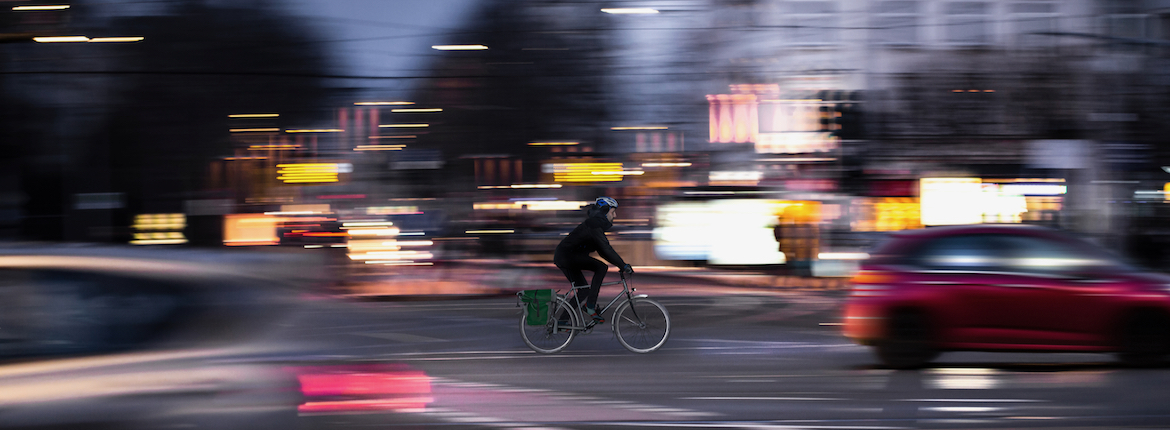
Online exclusive: drugged driving setback
2023 was supposed to be the year that saliva-based roadside testing for drugs would finally be used by Police in New Zealand. But the Government has just announced these plans have been delayed.

The difference between looking and seeing is critical to road safety.
My friend hit a cyclist. He was on his way to the office early one winter’s morning. It was drizzling and still dark. He had work on his mind, a busy day of meetings ahead. He came to an intersection where he had to give way to the right. He looked, didn’t see any cars and pulled out. He heard a scream but he wasn’t sure if his car was moving when he heard it or if he’d already stopped. Either way, he’d hit a woman on an ebike.
This was the beginning of a journey of reflection for Caleb and a long period of recovery for his victim. The route he took that morning was the same one he’d taken hundreds of times before. He told me he wasn’t used to seeing cyclists on that stretch of road at that time of the day; he said the accident was 100% his fault. And he pointed out: “You won’t see something you’re not looking for.” That comment highlights the lesson for everyone involved in the battle for space and safety on the roads; what we look for on roads is what we’ll see.
Caleb wanted to share his experience because he could have killed someone and he doesn’t want anyone else to experience that horror. More importantly, he doesn’t want anyone else to go through what his victim did. (He’s stayed in touch with her, said she’s been very gracious about the whole thing and has worried about how he was feeling.)
I asked Caleb a few questions about the accident, including how fast the cyclist was going and whether her bike was lit. He responded quite simply: “I don’t know, I didn’t see her.”
He went on to say she had been wearing a glow vest, a really good helmet and yes there were lights on her bike but they were broken, almost certainly as a result of the impact; these are details he only noticed after the crash. He reiterated that at the time of the accident, he was looking for cars.
Drivers have responsibility for everyone’s safety, not just their own, he’s realised. I asked him if he had a different view on that before the accident; he said he didn’t think he’d put any thought into it. “It wasn’t until I was standing over someone lying on the road who could have died because of my actions that I became so aware of what a dangerous weapon a car can be.”
We talked a bit about the sense of control people can have when they’re behind the wheel, that there can be a lot of ego around how we drive. While we agree that we should get some joy and a sense of mastery from driving, Caleb says our real pride should come from how our driving doesn’t diminish the safety of other humans.
In his work as a lawyer, Caleb notes that everything that crosses his desk requires his full attention. Since the accident he takes this approach when driving.
“There is no such thing as a simple trip to the supermarket, no such thing as an easy drive. We can fall into the trap of believing we’re so ‘good’ at driving, relying on the basic functions to come to us subconsciously, but we cannot allow ourselves to slip into this autopilot driving mode.”
He urges people to learn from his lesson and adopt a professional mindset to driving. Caleb admits it has sometimes been difficult, after 28 years of driving, to change his habits and stay actively conscious of every other road user. But there’s been at least one occasion since hitting the cyclist when he’s avoided a serious incident because he consciously reminded himself at the intersection to stop and look for cyclists. There was one.
Reported by Jo Wills for our AA Directions Spring 2021 issue